Expansion of Retail Channels
The expansion of retail channels is a driving force in the Premix Bread Flour Market, as more consumers gain access to a variety of premix products. Traditional grocery stores, specialty food shops, and online platforms are increasingly stocking premix bread flour, making it more convenient for consumers to purchase. Recent statistics indicate that e-commerce sales in the food sector have risen by approximately 30%, highlighting a shift in shopping behavior. This accessibility not only boosts sales but also encourages trial among consumers who may be unfamiliar with premix products. As retail channels continue to diversify, the market is poised for further growth, with companies likely to invest in marketing strategies that emphasize the convenience and quality of their offerings.
Rising Popularity of Home Baking
The Premix Bread Flour Market is experiencing a notable surge in interest as more consumers engage in home baking. This trend is driven by a desire for fresh, homemade products and the enjoyment of baking as a leisure activity. According to recent surveys, approximately 60% of households have reported an increase in baking activities, leading to a higher demand for premix bread flour. This shift not only reflects changing consumer preferences but also indicates a potential for growth in the market. As individuals seek convenience and quality, premix bread flour offers an accessible solution, allowing even novice bakers to create artisanal bread at home. The industry is likely to benefit from this trend, as manufacturers adapt their offerings to cater to the evolving needs of home bakers.
Innovation in Product Formulations
Innovation plays a crucial role in the Premix Bread Flour Market, as manufacturers continuously develop new formulations to meet diverse consumer preferences. The introduction of gluten-free, organic, and whole grain premix options caters to the growing health-conscious demographic. Recent data suggests that the gluten-free segment alone has seen a growth rate of over 20% annually, reflecting a significant shift in consumer dietary choices. This innovation not only enhances product appeal but also positions companies to capture a larger market share. As consumers become more discerning about ingredients, the ability to offer specialized premix bread flour products could be a key differentiator in a competitive landscape.
Growing Interest in Artisanal Bread
The growing interest in artisanal bread is significantly influencing the Premix Bread Flour Market. Consumers are increasingly seeking high-quality, handcrafted bread that reflects traditional baking methods. This trend is evident in the rising number of artisanal bakeries and the popularity of baking classes, which emphasize the use of premium ingredients. Market analysis indicates that the artisanal bread segment is projected to grow at a compound annual growth rate of 15% over the next five years. As consumers become more knowledgeable about bread-making techniques, the demand for specialized premix bread flour that mimics artisanal qualities is likely to increase. This presents an opportunity for manufacturers to develop products that cater to this discerning market segment.
Sustainability and Ethical Sourcing
Sustainability and ethical sourcing are becoming increasingly important in the Premix Bread Flour Market. Consumers are more aware of the environmental impact of their food choices and are seeking products that align with their values. This trend is reflected in the rising demand for organic and sustainably sourced ingredients, with recent reports indicating that organic flour sales have increased by over 25%. Companies that prioritize sustainable practices in their supply chains are likely to resonate with this conscientious consumer base. As the market evolves, the emphasis on sustainability may drive innovation in product development, leading to the creation of premix bread flour that not only meets quality standards but also supports environmental and social responsibility.


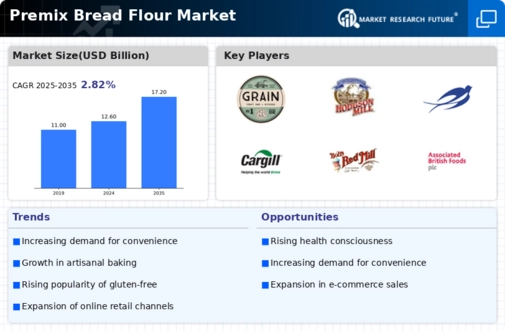
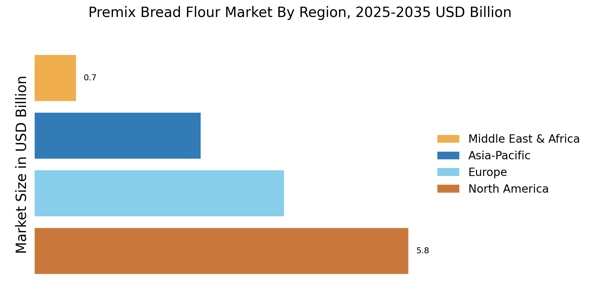

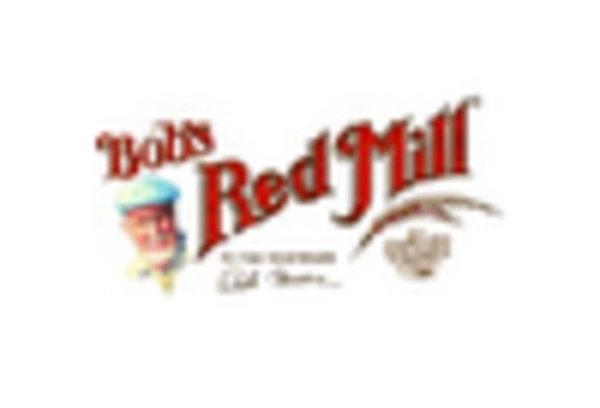


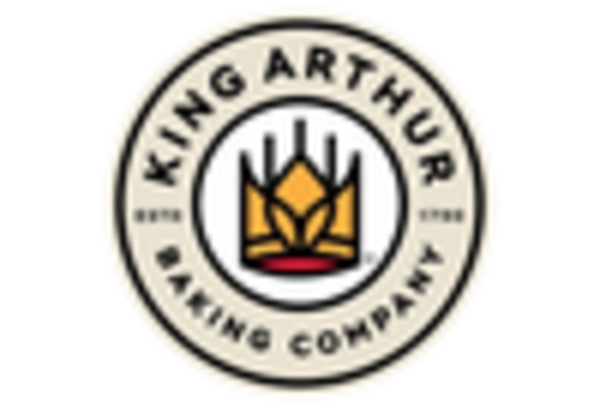
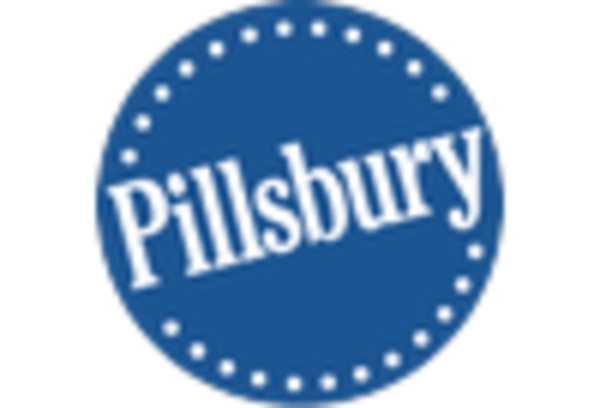








Leave a Comment